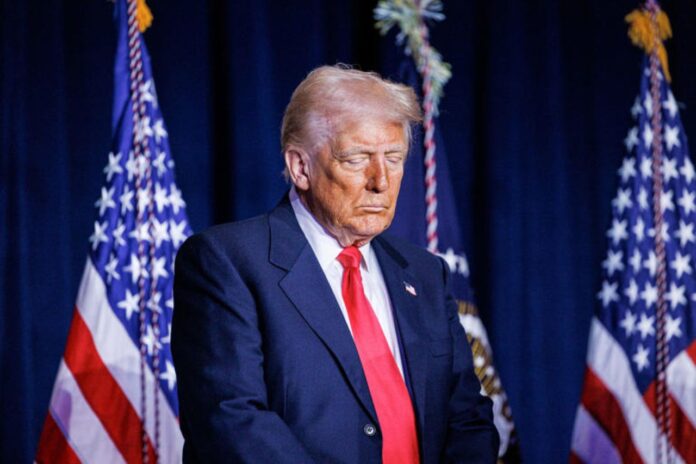Let’s talk about a Thursday morning that was anything but ordinary in Washington. It all began at 8:15 a.m. with former President Donald Trump addressing the Congressional Prayer Breakfast. Just a few hours later, he was at it again, speaking at the National Prayer Breakfast at the Washington Hilton. Two prayer breakfasts in one day? It might sound excessive, but the history behind this double feature tells an interesting story.
In years past, the National Prayer Breakfast stirred controversy due to its association with certain polarizing religious figures. That discomfort led to the introduction of a second, separate breakfast during President Joe Biden’s term, with the hope of fostering a more inclusive environment. Now, the talk is whether these two gatherings should merge into one next year.
For secular Americans, though, these breakfasts tend to be, well, hard to digest. And this Thursday was no exception.
A Morning of Calm… With a Storm Brewing
Surprisingly, Trump’s tone at both events was subdued—at least by his usual fiery standards. But beneath the calm delivery, his words carried a spark that should ignite concern for anyone who values the separation of church and state.
Trump unveiled a controversial plan: a task force led by Attorney General Pam Bondi to combat what he calls “anti-Christian bias.” Here’s the gist of his announcement:
“This task force will immediately halt all forms of anti-Christian targeting and discrimination within the federal government… prosecute anti-Christian violence and vandalism… and defend the rights of Christians and religious believers nationwide.”
At first glance, this might sound like a protective measure for all Christians. But let’s take a closer look.
Whose Christianity?
Trump’s definition of “Christian” appears to focus on a specific group: evangelical conservatives, Pentecostals, and traditionalist Catholics—the core of his MAGA base. Liberal Christians, African American church members, and others who don’t align with this vision seem notably absent from his rhetoric.
He did vaguely mention “religious believers,” but his actions tell a different story. Take his pardon of Paulette Harlow, for instance. Harlow illegally entered an abortion clinic in 2020, causing a chaotic scene that injured a nurse. She was sentenced to two years in prison but later pardoned by Trump. Does this mean the task force could target those who enforced the law against her?
And what exactly constitutes “anti-Christian violence”? Could it include teaching evolution in public schools or recognizing LGBTQ+ rights? These are questions we can’t afford to ignore.
The Bigger Picture: Secularism Under Fire
Here’s the real takeaway: the separation of church and state, a cornerstone of American democracy, is crumbling. From Supreme Court decisions to cultural shifts, this wall has been under attack for decades. Trump’s declaration, “Let’s bring God back to our lives,” signals a further erosion of secular governance.
The focus for secular Americans isn’t about rebuilding what’s been lost—it’s about finding innovative ways to defend the principles of equality and freedom in a rapidly changing landscape.
So, where do we go from here? Whether you’re a believer, a nonbeliever, or somewhere in between, this is a moment to think critically about how religion and politics intersect in our society. As the lines blur, the need for thoughtful, inclusive dialogue becomes more urgent than ever.
What are your thoughts? Can we find common ground, or is the divide too deep? Let’s start the conversation.





